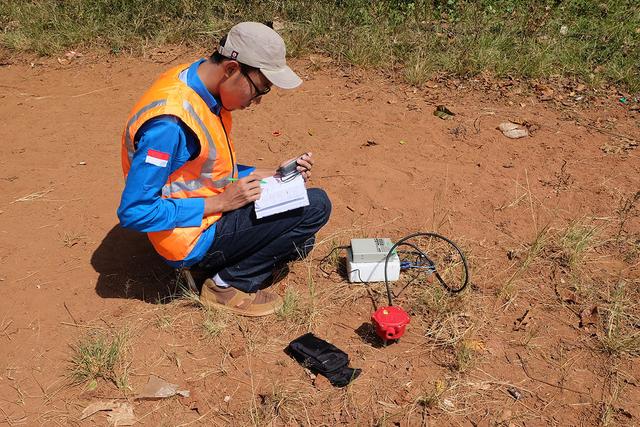Mathematicians
Overview
Introduction
A mathematician solves or directs the solution of problems in higher mathematics, including algebra, geometry, number theory, logic, and topology. Theoretical mathematicians work with the relationships among mathematical forms and the underlying principles that can be applied to problems, including electronic data processing and military planning. Applied mathematicians develop the techniques and approaches to problem solving in the physical, biological, and social sciences. Approximately 2,500 mathematicians are e...
Quick Facts
Median Salary
Employment Prospects
Minimum Education Level
Experience
Skills
Personality Traits
Earnings
Mathematicians income varies with their level of training and the work setting in which they are employed. Median annual earnings of mathematicians were $116,440 in May 2023, according to the U.S. Department of Labor. Salaries ranged from less than $62,260 to more than $183,500. The average yearly salary for mathematicians (including statisticians) in the federal government was $126,460. The av...
Work Environment
The mathematician in industrial and government positions usually works a regular 40-hour week. Those who work in educational settings may have varied schedules. For both, the work environment is generally pleasant and typical of the modern, well-equipped office. The work may require long periods of close concentration. Professional mathematicians who work with or near computers usually work in ...
Outlook
Overall employment of mathematicians is expected to grow by 4 percent, as fast as the average for all careers, through 2033, according to the U.S. Department of Labor. However, strong competition is expected for jobs since the mathematics field is so small (about 100 new jobs will be created between 2023 and 2033). There will be more jobs in applied mathematics (and related areas such as comput...










































































